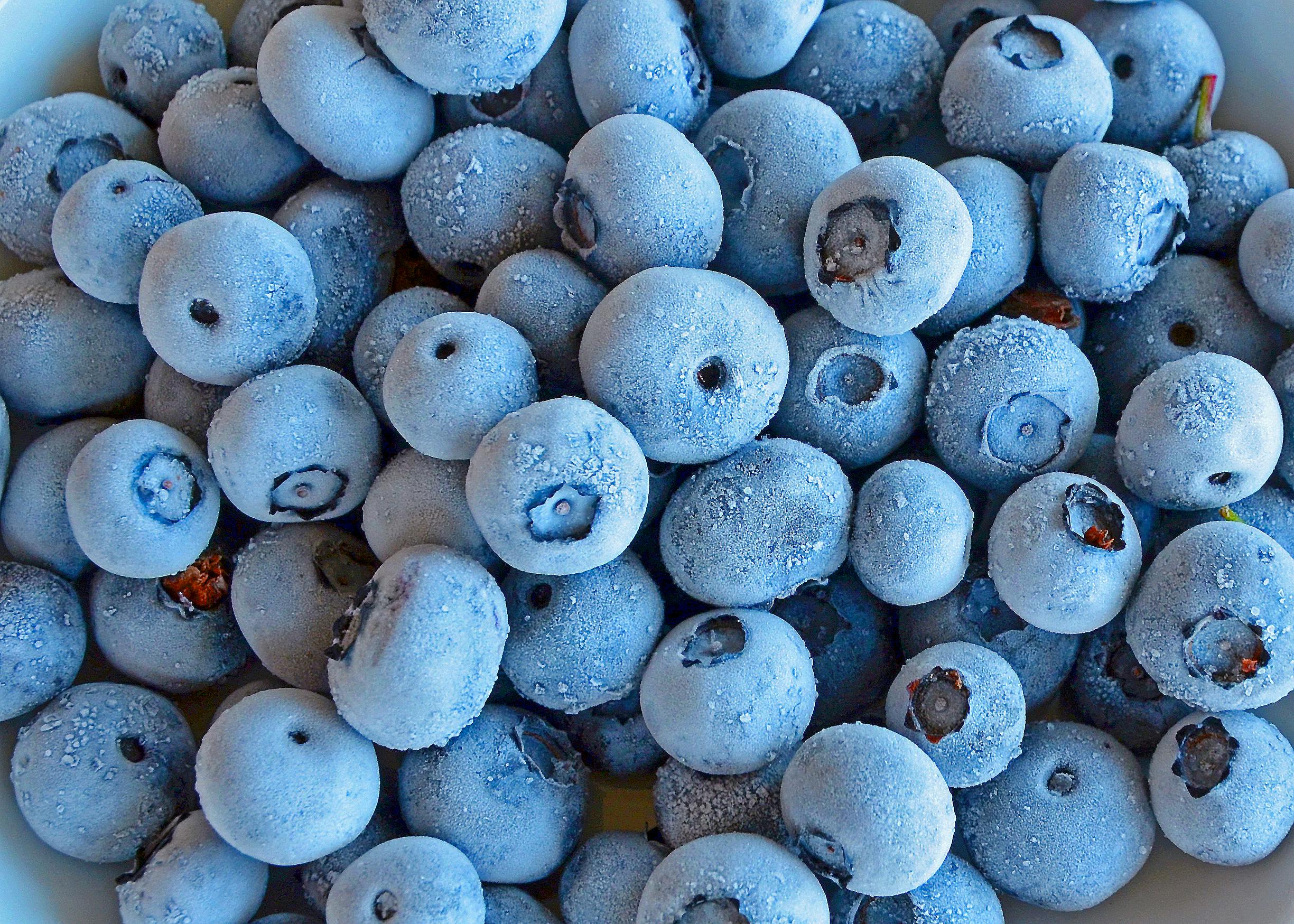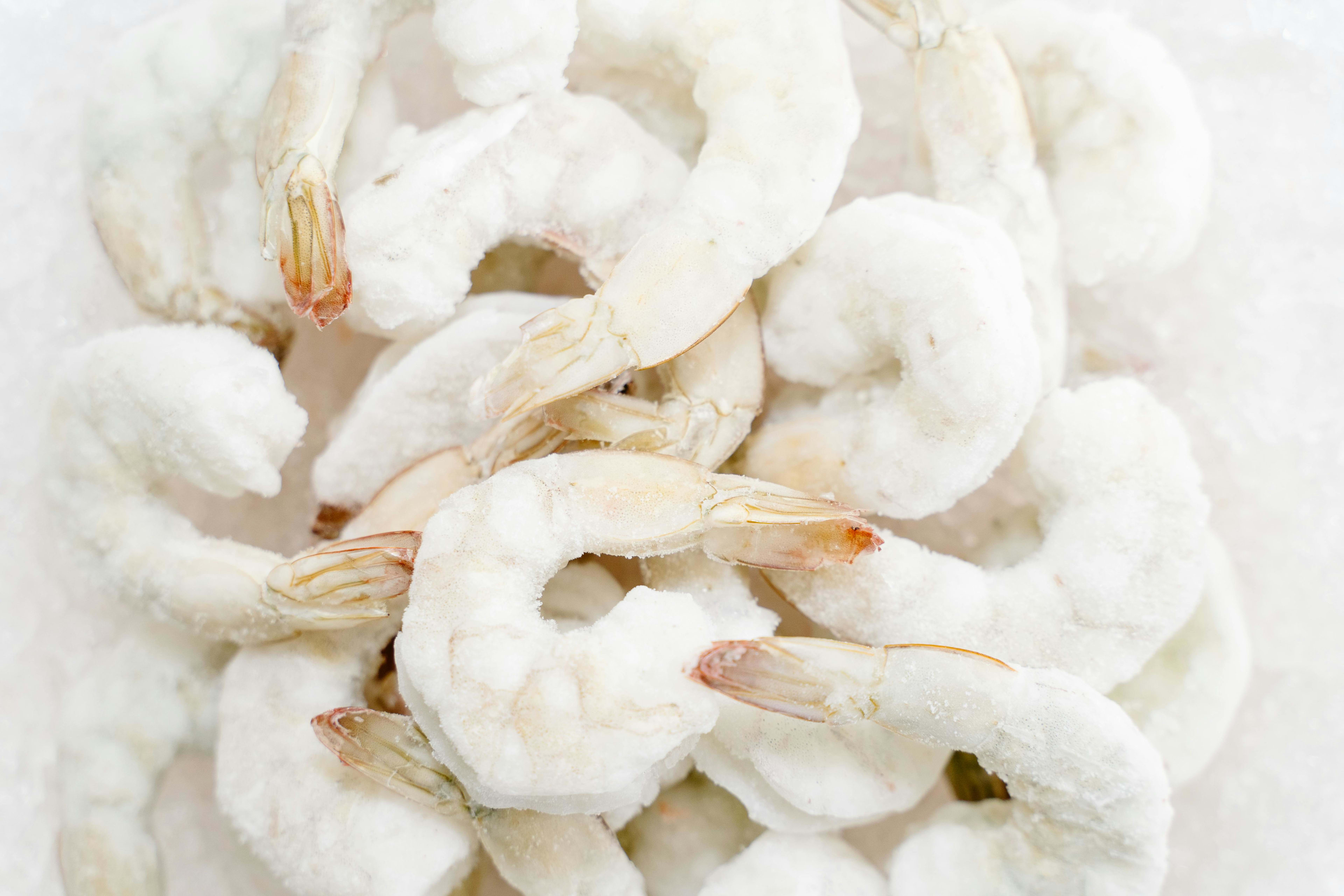Does Freezing Food Kill Bacteria?
Does Freezing Food Kill Bacteria?
In family kitchens everywhere, a common question arises: does freezing food truly make it safe from harmful bacteria? Understanding this aspect of food safety is essential, especially when thinking about the health of our loved ones.
Let’s dive into the science of freezing food and its impact on bacteria, offering peace of mind to families who trust us for their meal preparations.

What Happens to Bacteria When You Freeze Food?
When we pop food into the freezer, we're not just preserving it for later use. We're engaging in a battle against microscopic foes like E. coli and salmonella. Freezing doesn't quite vanquish these bacteria but rather puts them into a state of hibernation.At freezing temperatures, the growth of these microorganisms slows down significantly, effectively pressing “pause” on their activity. This pause doesn’t kill the bacteria but prevents them from multiplying, which is crucial in safeguarding against foodborne illnesses.
Unlike cooking, which can kill bacteria with high temps, freezing simply suspends their ability to cause harm. This distinction is key in understanding how to handle and prepare frozen foods safely, especially in a family setting where safety is paramount.

Does Freezing Food Eliminate the Risk of Foodborne Illness?
While freezing food effectively prolongs shelf life and pauses bacterial growth, it's not a foolproof solution against foodborne illnesses. This means once the food is thawed, these bacteria can become active again, potentially leading to illness if the food isn’t handled or cooked properly.It's a common misconception that frozen food is inherently safer. The truth is that the safety of frozen food depends on how it's handled both before and after freezing. For instance, if food is contaminated with bacteria before it's frozen, these bacteria will remain present and can become active again upon thawing. That's why proper food handling practices are just as important when dealing with frozen food as they are with fresh food.
How Does Freezing Preserve Food?
- Ice Crystal Formation: As we tuck our food into the freezer, the water inside forms ice crystals. This process is critical in maintaining the food's integrity, although it's important to freeze quickly to prevent large ice crystals from damaging the food's cellular structure.
- Slowing Down Spoilage: Freezing puts a pause on the spoilage process by inactivating enzymes responsible for degrading food quality. This means our meals' vibrant flavors, colors, and textures are preserved until we're ready to enjoy them.
- Combating Microbial Growth: Molds and yeasts, which can spoil and degrade food, are held at bay in the freezer. This safeguard is essential for ensuring the food from our kitchens is as good and safe as when it went in.
How Do I Freeze and Thaw Food for Safety?
Freezing and thawing food might seem straightforward, but correctly doing it is crucial for maintaining food safety and quality. It's about more than just temperature — it's about technique and timing.
Freezing Techniques
- Blanching Vegetables: Blanching vegetables before freezing can preserve their color, texture, and nutritional value. This involves briefly boiling them and then plunging them into ice water before freezing.
- Portioning: Freeze food in portion sizes you’ll use for future meals. This prevents the need to thaw more food than required, reducing waste.
- Proper Packaging: Use freezer-safe containers or bags. Removing as much air as possible prevents freezer burn and preserves quality.
- Freezing Cooked Food: Allow cooked food to cool to room temperature before freezing. Hot food can raise the freezer’s temperature, affecting other stored items.
Thawing Techniques
- Refrigerator Thawing: The safest method, although slow. It ensures that food remains at a safe temperature throughout the thawing process.
- Cold Water Thawing: Faster than refrigerator thawing, but requires attention. Keep food in a leak-proof bag and submerge it in cold water, changing the water every 30 minutes.
- Microwave Thawing: The quickest method, ideal when time is short. However, it can lead to uneven thawing. Cook the food immediately after thawing to prevent bacteria from growing.
Safe Handling Post-Thawing
- Cook Immediately: Especially for meat and poultry, cooking right after thawing ensures any bacteria that might have activated are destroyed.
- Avoiding Countertop Thawing: Room temperature can encourage bacterial growth. Avoid leaving food out on the counter to thaw.
Refreezing
Generally, it's safe to refreeze thawed food if it was thawed safely in the refrigerator and hasn't been left out for more than two hours. However, there may be a loss in quality due to the moisture lost through thawing.
Use of Freezer Thermometers
A freezer should be at 0°F (-18°C) or lower. Using a thermometer ensures that the freezer is at the right temperature, which is crucial for food safety.
Cooking After Freezing: Does It Kill Bacteria?
Cooking frozen food, particularly raw meat, is a crucial step in ensuring food safety. Here’s how cooking impacts frozen food:
- Internal Temperature: Cooking food to the right internal temperature is key. For example, poultry should reach 165°F (74°C), while ground meats should be cooked to 160°F (71°C). These temperatures are known to effectively kill bacteria like Salmonella and E. coli.
- Even Cooking: Ensure the food is cooked evenly. Inconsistent cooking can lead to parts of the food not reaching the required temperatures, allowing bacteria to survive.
- Use of Thermometers: A food thermometer is a reliable tool to check internal temperatures, ensuring every part of the dish is safe to eat.
- Pre-Cooked Frozen Foods: For items like frozen vegetables or pre-cooked meals, follow package instructions to ensure they reach the temperatures necessary for safety.
Tips for Safe Freezing Practices at Home
Using your home freezer effectively can greatly enhance food safety. Here are some tips to keep in mind:
- Organize Your Freezer: Keep raw meats separate from other foods to prevent cross-contamination.
- Label and Date: Mark your frozen items with the freezing date. This helps in using older items first and understanding how long they’ve been stored.
- Avoid Overloading: Overfilling the freezer can lead to uneven freezing and potentially unsafe food temperatures.
- Microwave Ovens for Defrosting: Microwaves are effective for quick defrosting. Use the “defrost” setting and cook the food immediately after.
- Gradual Thawing: Whenever possible, thaw food gradually in the refrigerator. This keeps the food at a safe temperature throughout the thawing process.
How Freezing Impacts the Shelf Life of Food
Freezing can significantly extend the shelf life of various foods, but it's important to understand how this process varies across different types of food:
- Raw Meats: When frozen properly, meats like chicken, beef, and pork can last for months without losing quality.
- Fruits and Vegetables: Freezing preserves their nutrients and freshness, but they should be consumed within a few months to enjoy the best quality.
- Dairy Products: Items like ice cream maintain quality for longer periods, but the texture may change over time.
- Pre-Prepared Meals: Frozen meals can last for several months. However, it’s important to follow storage guidelines to maintain food safety and quality.
- Baked Goods: Breads and pastries can be stored for longer periods. Freezing preserves their moisture and prevents mold growth.